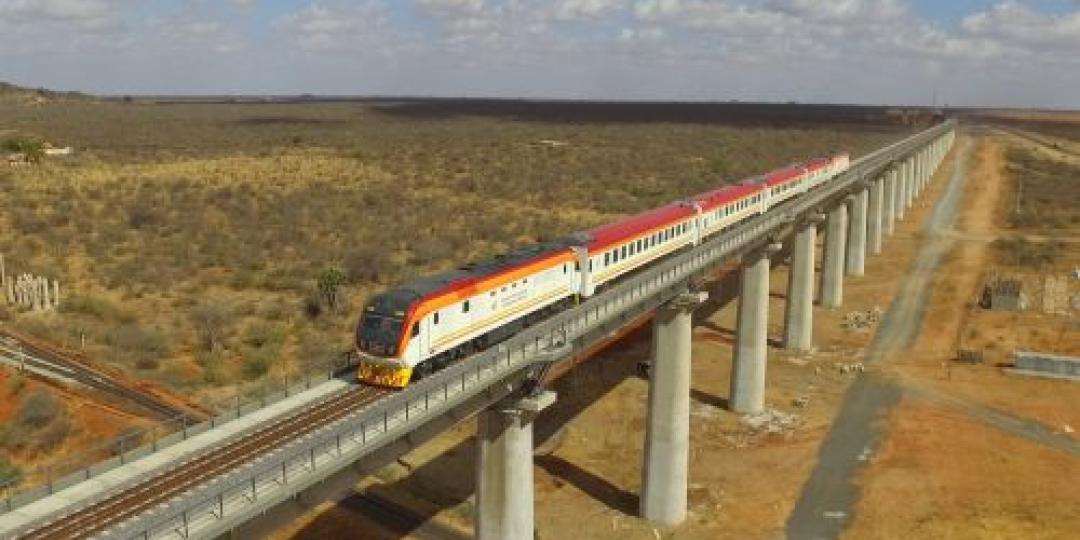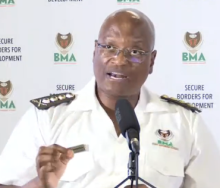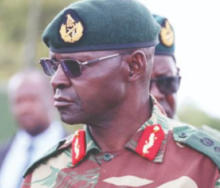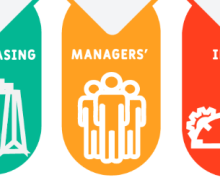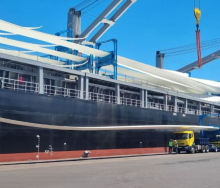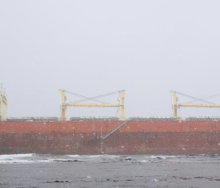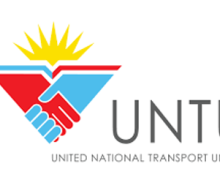Burundi and Tanzania have signed a tender for the design and construction of an electric train railway that will connect the two countries and eventually run through the Democratic Republic of Congo (DRC).
The countries are looking to tap into the African Continental Free Trade Agreement (AfCFTA), recognised internationally as the largest single market, to create the continent's second electrified railway.
AfCFTA aims to integrate the continent's cumulative population of nearly 1.4 billion people with markets currently trading a total GDP of over US$3 trillion into a single market.
The Standard Gauge Railway (SGR) line will consist of about 282 kilometres of track from Uvinza in Tanzania, across the international border along the Malagarasi River to Musongati and further to Gitega in Burundi.
According to the tender: "The two governments have entered into a bilateral agreement to implement this multinational project as a single project within the Tanzania and Burundi territories."
The project will last over a duration of five years. After its completion, the railway will be the second (electric) continental railway after Ethiopia and Djibouti's launched in 2016.
The Ethiopia-Djibouti railway from Addis Ababa to Djibouti's Red Sea port consists of 750 km of tracks, maintaining its title as the longest of its kind on the continent. During its development, the project received 70% of its $3.4 billion funding from China's Exim Bank.
In the Tanzania-Burundi tender, it indicates that the governments of these countries have applied for construction funding from the African Development Bank.
This project comes at a time when Tanzania has initiated the modernisation of its existing railway infrastructure to better facilitate more intra-continental trade.
In preparation for this, Tanzania sealed a $2.2 billion deal with China that entails the construction of 2 561 km of SGR networks linking Dar es Salaam to countries such as the DRC, Rwanda, Burundi and Uganda. Currently, construction costs have reached a total of $10.04 billion, leaving the railway prepared to facilitate the construction of the longest modern railway in Africa upon its completion in 2026.
This investment acts as a mechanism to vault Tanzania ahead of the largest neighbouring economy of Kenya by providing more efficient trade routes in East Africa.
French news agency AFP quoted Tanzanian President Samia Suluhu Hassan: "Upon completion of the SGR, Tanzania will be in a better position to utilise its strategic geographical positioning to facilitate cross-border trade."
In 2014, Kenya entered an agreement with the governments of Uganda and Rwanda to build an SGR. However, the network has yet to cross international borders due to criticism of the project not delivering value for money.
As a result, Uganda, after terminating its eight-year contract with China Harbour Engineering Company, pulled out of the project, which was meant to develop 273 km of SGR lines from Malaba to Kampala.
Thereafter, Uganda approached Yapi Markezi, a Turkish firm, to assist them in raising funds to construct the line, which would give Uganda a direct line to Kenya's main harbour in Mombasa.
Yapi Markezi has ongoing railway construction projects in Uganda and is assisting with the construction of the Tanzanian SDR railway.
Last August, the Zambian and Tanzanian governments agreed to upgrade their 1 160 km cross-border railway, Tazara, to improve bilateral ties.
A World Economic Forum Insight report for 2023, AfCFTA: A New Era for Global Business and Investment in Africa, predicted that this large single market will increase intra-African freight demand by 28%.
Potentially, this would lead to a demand for almost 100 000 rail wagons, two million trucks, 250 airfreight crafts, and over 100 vessels by 2030.
"Unlocking intra-regional trade will skyrocket the demand for logistics, with more small and medium-sized enterprises needing logistics providers to connect to bigger markets," says the report.
